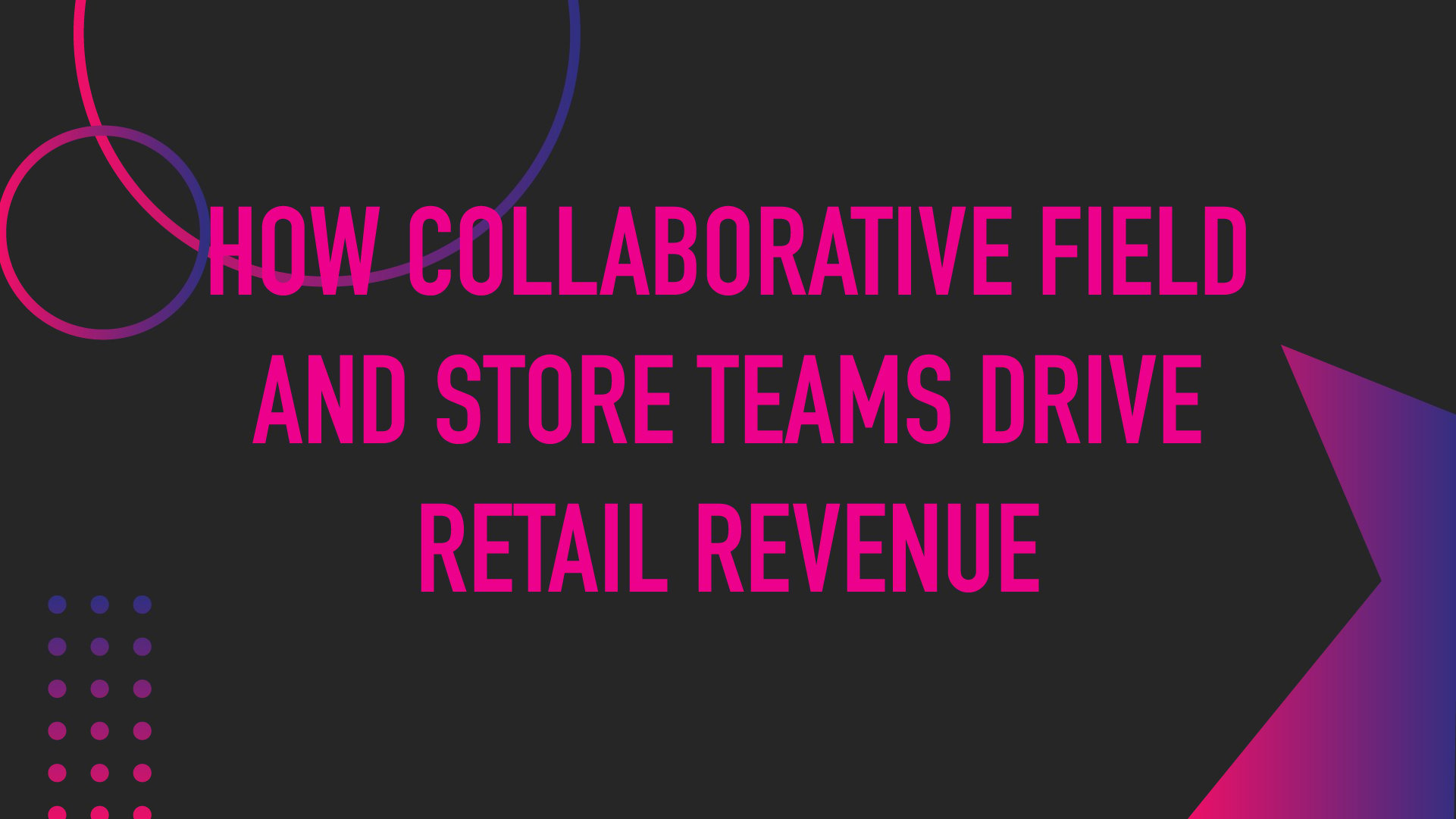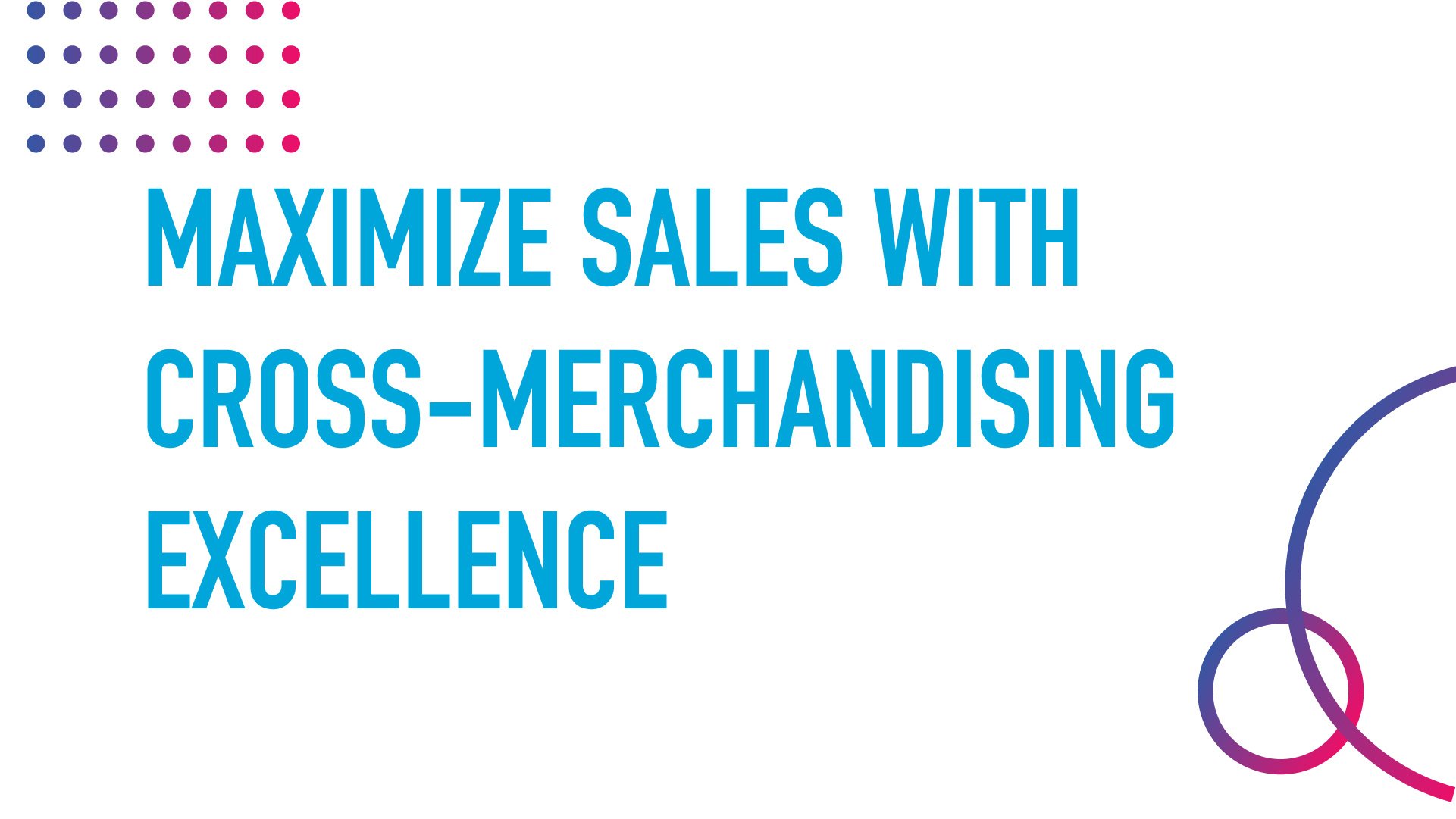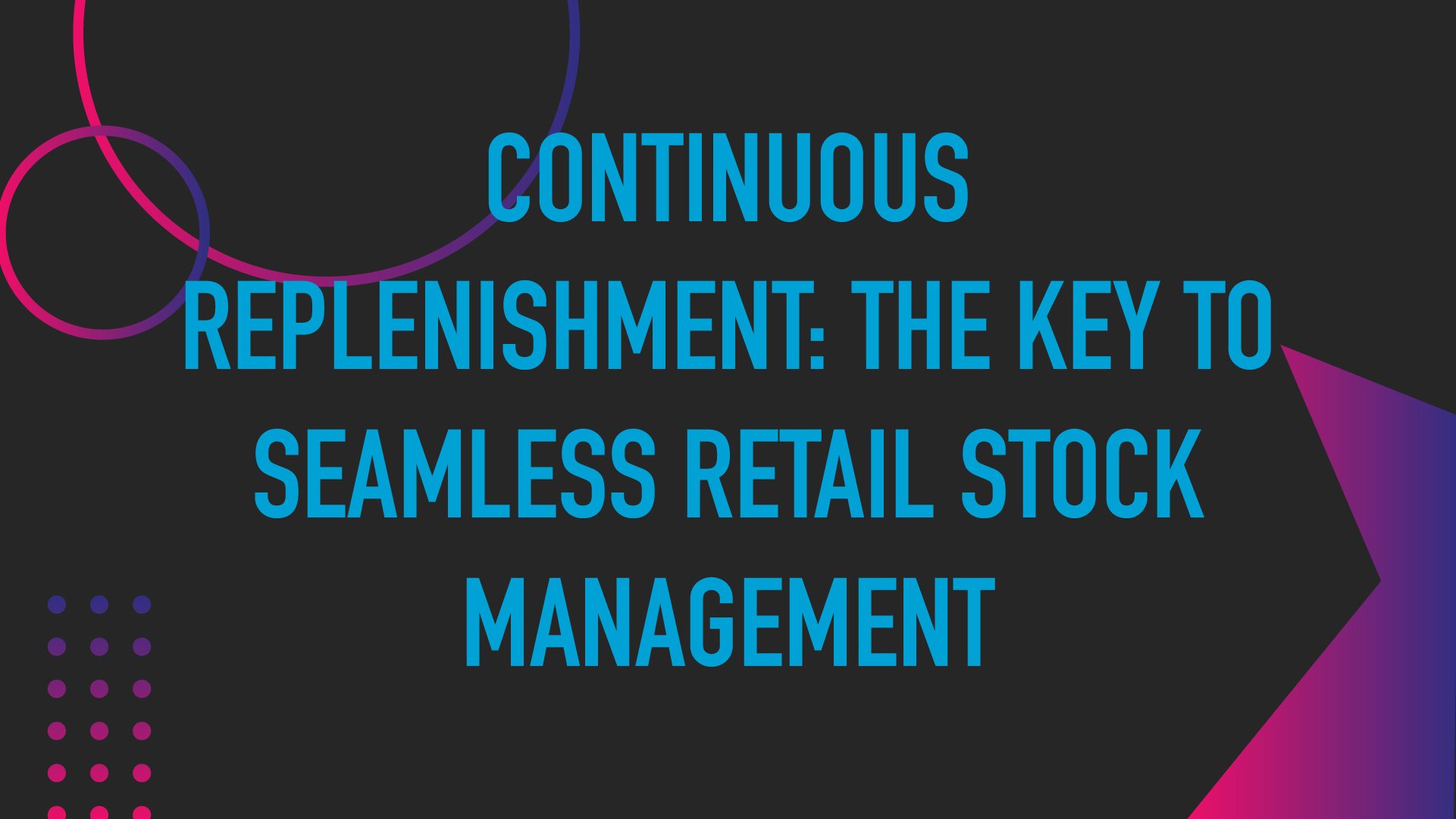Fresher Inventory Management through Unified Planning and Execution

Any retailer that handles fresh knows that despite how important fresh products are to profitability and shopper experience, effective fresh inventory management can be incredibly difficult.
When dealing with a group of fast-moving, quick-spoilage products that are closely intertwined with seasonality and regional needs, supply chain planners and frontline teams often struggle to strike a balance between just-right inventory, precise item management, and timely on-shelf replenishment.
Traditionally, central planning and store teams have approached this challenge in silos, treating high-level forecasting and store-level execution as separate domains. This approach may suffice for slower, more predictable product categories, but it falls short of achieving the desired outcomes for perishable departments (which are quickly becoming a key differentiator among retailers).
If stores want to attain consistently higher levels of on-shelf availability and product freshness for these fast-moving items—without the costly misstep of over- or understocking—they should strongly consider unifying their forecasting and execution software.
Let’s take a look at some of the reasons why.
Improved fresh replenishment through more accurate inventory data
With the prevalence of shrinkage and the short shelf lives of fresh items, demand forecasting teams need real-time insights into store-level data to stay on top of stock. Fresher data points, such as current on-shelf availability and updated expiration status, can combat these issues. Otherwise, demand projections get weighed down by stale and inaccurate data, resulting in costly over/under-ordering.
The best way to achieve this level of insight is to empower frontline teams with a mobile retail execution tool that is synchronized with a retailer’s inventory software. This allows frontline teams to quickly identify and act on discrepancies between purported inventory data and actual on-hand stock.
Imagine that a store associate is tasked with restocking pumpkins for an upcoming holiday. According to the inventory data on their mobile device, there should be 30 pumpkins on the shelf — but there are only 25. On top of that, some of the produce is starting to go bad.
Half of the pumpkins are at risk of spoiling before customer needs are met, and central planning might continue ordering the same amount and selection before a more regular pattern is seen in the data. By then, customers could have moved on to a competitor to fulfill their needs.
With a unified retail execution platform, an associate can immediately flag or reorder the five missing pumpkins through their mobile device for quicker replenishment, better on-shelf availability, and more accurate inventory projections. Store associates can also give the central team insights into when local holidays are more likely to affect them. That way, fresh produce is available at the optimal time when customers are looking, and nothing spoils or is over/understocked.
With fresher data, retailers can better optimize demand planning for each store and take into account factors such as seasonality, local buying behaviors, and more. The more detailed the data, the better the in-store experience is for shoppers.
More Empowered store teams🤝more efficient merchandising execution

With the current workforce climate, frontline teams today are being asked to do more with less. This stress leads to turnover issues and lengthy onboarding times in a labor force where finding the right skills is already difficult. Overlapping tasks, heavy workload, and heavy reliance on seasoned staff can lead to employee burnout and resignation.
Bringing together supply chain planning and store execution into one shared platform can alleviate a lot of these common workforce issues. Smoother delivery peaks and balanced deliveries through central demand planning help store operations take advantage of low-traffic days for handling inventory and busy days for customer service.
On top of effectively delivering stock, in-store collaboration tools can help employees prioritize tasks to use their time and skills where they are needed the most, such as interacting with customers and collecting fresh inventory data. When fresh retailers let technology handle the time-consuming data-driven tasks, store staff can shift their focus to the human tasks that add the most value to the store experience.
Collaboration tools also help lower the skill gap between employees. Not relying so much on the most knowledgeable staff makes the workload more balanced. More seasoned employees are less likely to leave, and newer employees catch up to speed more quickly.
Visibility between in-store and central planning times reduces clashing and allows each team to benefit from the insights of the other to improve assortment, deliveries, and task management. A shared platform keeps all the data in one place so the overall network can create better forecasts while cutting out unnecessary or redundant work.
The value of investing in collaboration for fresh inventory management

Although central planning and store teams are generally siloed, they are still part of one cohesive whole with a shared goal. Collaboration investments allow each team to do what they do best with the whole system working in harmony.
Store operations can give their valuable in-field insight and expertise while central planning experts can focus on timing fresh deliveries and ensuring the correct assortment.
With a strong team holding the right tools at both ends of replenishment, fresh inventory management becomes much easier to manage — resulting in happier customers, lower operational costs, and greater profitability.
Interested in unifying your demand planning and execution?
Movista and RELEX Solutions have partnered to provide retail organizations with a unified solution for supply chain planning and in-store execution, allowing retail organizations to achieve unparalleled levels of on-shelf availability and product freshness.
Together, Movista and RELEX enable better communication between store and central teams through a robust and intuitive user experience and improved collaboration, with real-time insights into inventory and store operations.
By combining RELEX’s expertise in central supply chain management with Movista’s command of in-store operations and task management, retailers and consumer packaged goods customers will be able to unify their demand forecasts, replenishment plans, and store execution processes, driving sales and a positive customer experience.
featured content
featured content

The Importance of On-Shelf Availability in Retail: Why Keeping Items Stocked is Critical for Competitiveness in 2026
Learn why on-shelf availability is critical in today's retail store environment










